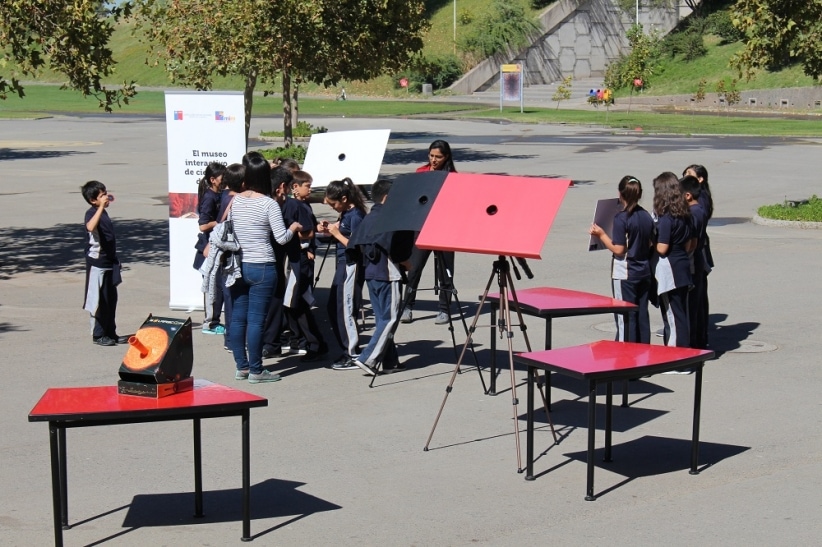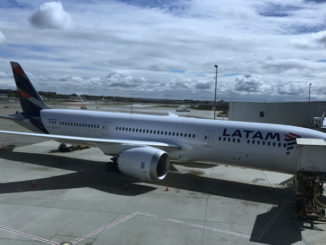
By Mohsin Abbas / The Santiago Times Staff
SANTIAGO — The Mirador Interactive Museum (MIM) last week inaugurated its astronomical project “Espacio Universo”, as part of a series of activities relating Astonomy Day.
Throughout the week, visitors to the MIM participated in a solar observation on one of the terraces of the Museum, which aimed to show how astronomy can be done not only at night, but also in broad daylight, by observing the Sun.
In this way, the visitors were able to appreciate some details that due to its luminosity the Sun is not possible to see with the naked eye, for which refractor telescopes were used to generate a projection of the solar disk.
The MIM also offered the “Space Explorers” workshop, where the visitors took a trip around the Universe to observe, and especially experience, the constellations, their interpretation and how they have influenced human culture and behavior.
With the help of state-of-the-art virtual reality lenses, they made an incredible virtual tour of space, knowing some of the most important constellations and finding out more about them; while in another experience they were even able to create their own stellar clusters.
The MIM, which depends on the New Times Foundation of the Socio-Cultural Direction of the Presidency, joined in this instance because it highlights the importance of astronomy for the country and as one of the initiatives that precede the inauguration of “Space Universe”, that will inaugurate at the end of the year.
“We join the celebrations of this day because we have much to say in terms of dissemination and motivation for astronomy, considering that this year we will inaugurate” Espacio Universo”, one of the most important and innovative projects on the subject that have been developed in Chile,” said Orieta Rojas, executive director Of the MIM.
“Espacio Universo” represents a growth of 10% of the exhibition area of the Museum and will keep on seeking in a playful way and through the autonomous exploration, to bring visitors to the current knowledge of space and the advances in their research.
Chile can be considered astronomy’s world capital. In 2011, Chile was home to 42% of the world’s astronomical infrastructure consisting mostly of telescopes, and by 2020 it will contain around 70% of the global infrastructure.
In the Atacama desert region located at northern Chile, the skies are exceptionally clear and dry for more than 300 days a year. These optimal conditions have attracted the world’s scientific community to develop in the Atacama desert the most ambitious astronomical projects in the history of mankind.




